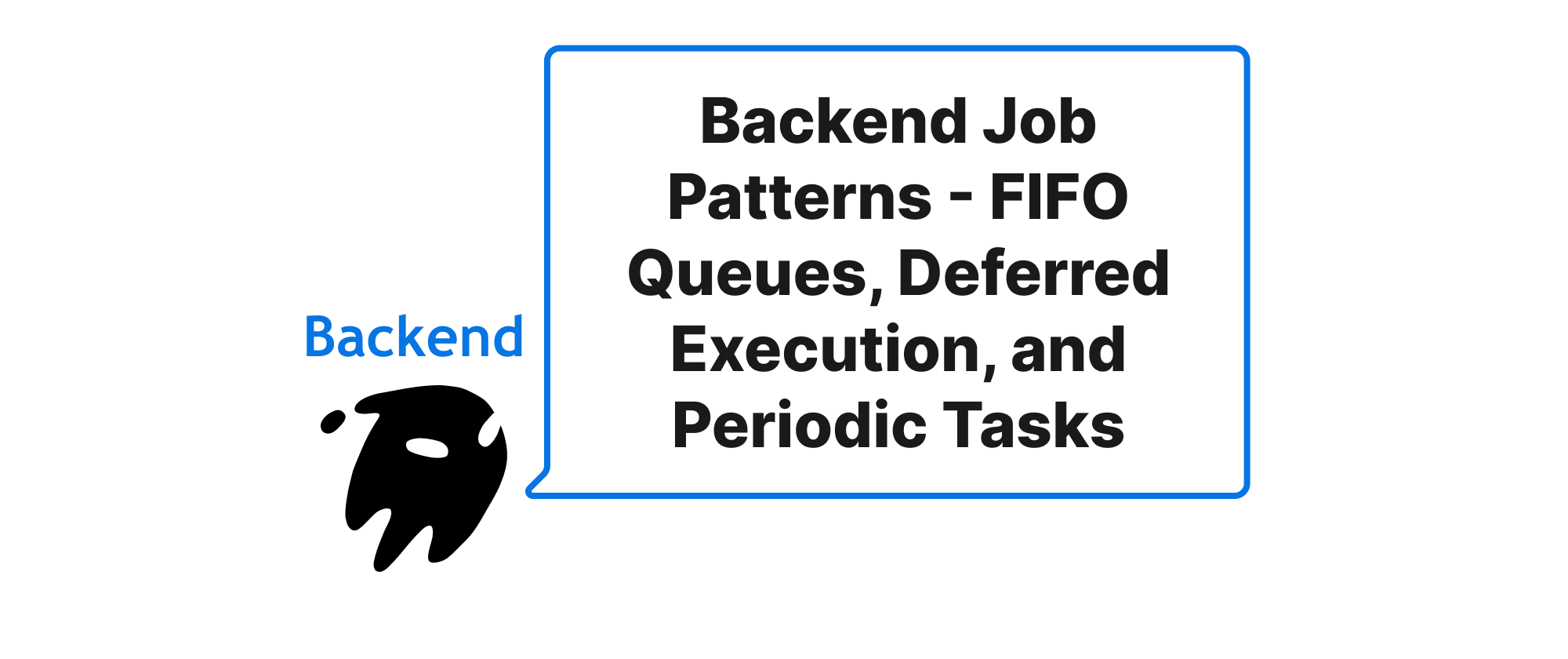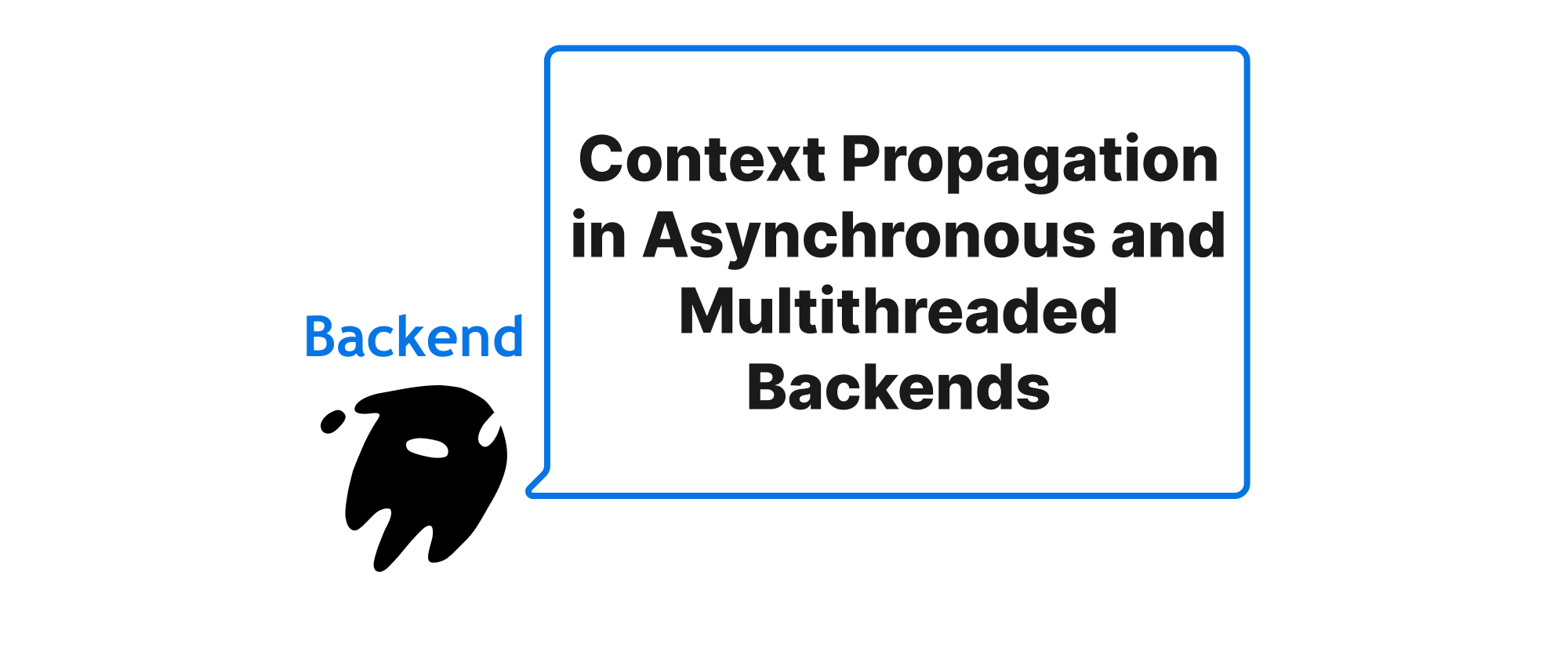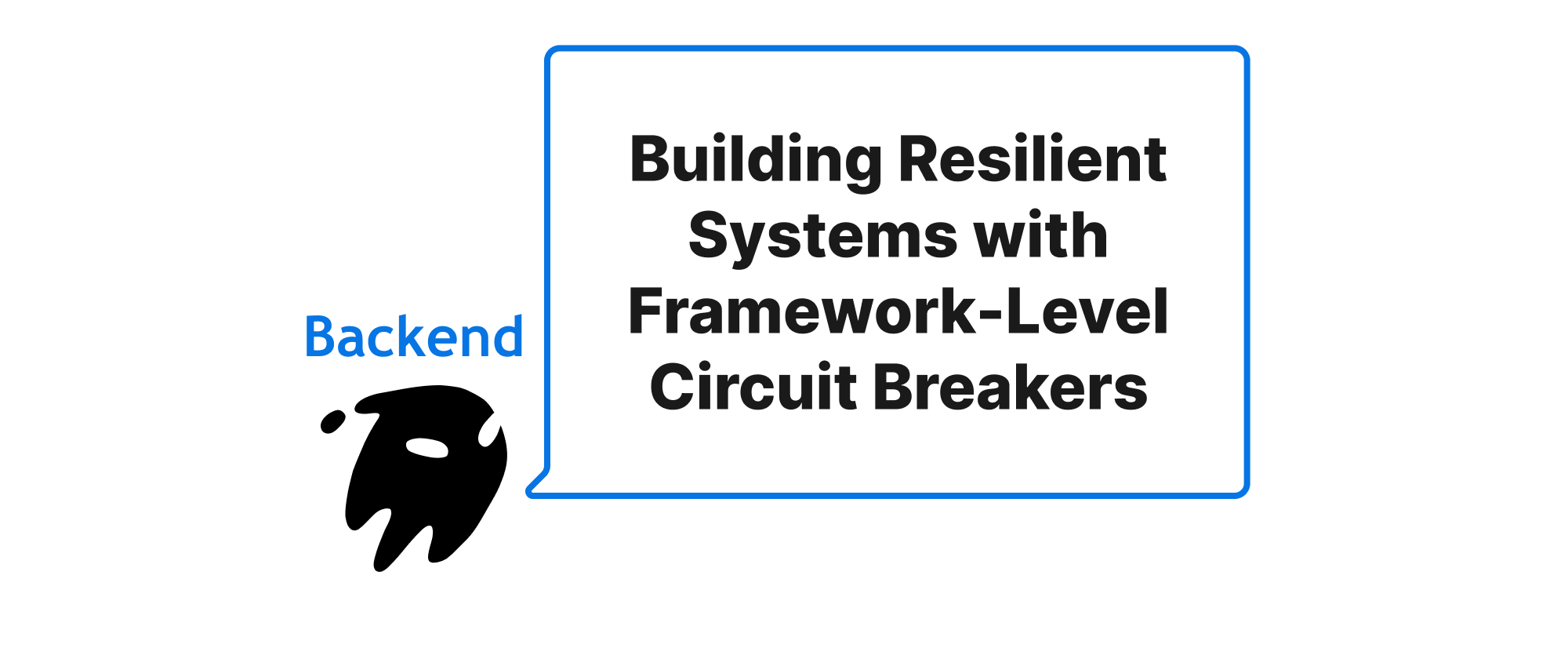Backend Job Patterns - FIFO Queues, Deferred Execution, and Periodic Tasks
Olivia Novak
Dev Intern · Leapcell

Introduction
In the intricate world of backend development, handling operations that don't fit neatly into the immediate request-response cycle is a common challenge. From processing large datasets to sending out notifications, many tasks require execution decoupled from user interaction or need to run at specific intervals. The efficient and reliable management of these "background jobs" is paramount for maintaining system responsiveness, scalability, and overall user experience. Ignoring a thoughtful approach can lead to system bottlenecks, inconsistent performance, and frustrated users. This article delves into three fundamental design patterns for managing background jobs: First-In, First-Out (FIFO) queues, deferred execution, and periodic tasks, providing a roadmap for building resilient and efficient backend systems.
Core Concepts Explained
Before diving into the patterns, let's establish a common understanding of several key terms foundational to our discussion:
- Background Job: An operation performed asynchronously, typically outside the direct flow of a user's request. This prevents the user from waiting for potentially long-running tasks to complete.
- Asynchronous Processing: A mode of operation where a task can run independently of the main program flow. The main program can proceed with other tasks without waiting for the asynchronous task to finish.
- Producer-Consumer Pattern: A design pattern where one or more producers generate data or tasks, and one or more consumers process that data or those tasks. This pattern is often implemented using queues.
- Idempotency: A property of certain operations where applying them multiple times has the same effect as applying them once. This is crucial for systems that might retry failed jobs.
- Job Queue: A data structure (often a message queue) that stores tasks to be processed asynchronously.
Designing Robust Background Job Systems
Let's explore the three core patterns for background job processing: FIFO Queues, Deferred Execution, and Periodic Tasks.
First-In, First-Out (FIFO) Queues
Principle: A FIFO queue ensures that jobs are processed in the exact order they are received. This is a fundamental concept for preserving ordering guarantee for tasks where the sequence of execution matters.
How it works: Producers (e.g., your web application) add tasks to the end of the queue. Consumers (worker processes) retrieve tasks from the front of the queue, process them, and then mark them as complete. If a consumer fails, the task can be re-queued or marked for retry, ensuring no data loss.
Implementation Example (using Python and Redis for a simple message queue):
# producer.py import redis import json import time r = redis.StrictRedis(host='localhost', port=6379, db=0) def enqueue_task(task_data): task_id = str(time.time()) # Simple ID task = {'id': task_id, 'data': task_data, 'timestamp': time.time()} r.lpush('fifo_queue', json.dumps(task)) print(f"Enqueued task: {task_id}") if __name__ == "__main__": enqueue_task({'action': 'process_order', 'order_id': '123'}) enqueue_task({'action': 'send_email', 'user_id': 'abc'}) enqueue_task({'action': 'generate_report', 'date': '2023-10-26'})
# consumer.py import redis import json import time r = redis.StrictRedis(host='localhost', port=6379, db=0) def process_task(task): print(f"Processing task: {task['id']} with data: {task['data']}") time.sleep(2) # Simulate work print(f"Finished processing task: {task['id']}") if __name__ == "__main__": while True: # BLPOP is a blocking list pop, waiting for elements to appear task_data = r.brpop('fifo_queue', timeout=5) if task_data: _, raw_task = task_data task = json.loads(raw_task) process_task(task) else: print("No new tasks, waiting...")
Application Scenarios:
- Order processing: Ensuring orders are handled in the sequence they were placed.
- Log processing: Guaranteeing logs are processed in chronological order.
- Notification delivery: Sending emails or SMS messages in the order they were triggered.
Deferred Execution
Principle: Deferred execution involves scheduling a task to run at a later, unspecified time, typically when system resources are available or when the immediate response is no longer critical. It prioritizes system responsiveness over immediate background job completion.
How it works: Similar to FIFO queues, tasks are often placed in a queue. However, the exact processing time is not guaranteed to be immediate. The system pulls tasks from the queue based on worker availability, often in a worker pool setup. This pattern is ideal for tasks that can tolerate a slight delay.
Implementation Example (Conceptual, using a framework like Celery or RQ in Python):
# tasks.py (Celery example) from celery import Celery app = Celery('my_app', broker='redis://localhost:6379/0', backend='redis://localhost:6379/0') @app.task def resize_image(image_path, size=(640, 480)): print(f"Resizing image {image_path} to {size}...") # Simulate image resizing import time time.sleep(5) print(f"Finished resizing {image_path}.") return f"Resized {image_path} to {size}" # In your web app (e.g., Flask/Django view): # from tasks import resize_image # # def upload_image_view(): # # ... logic to save image and get path # image_path = "/path/to/uploaded/image.jpg" # resize_image.delay(image_path, size=(800, 600)) # .delay() schedules the task # return "Image uploaded, resizing in background."
Application Scenarios:
- Image/Video processing: Resizing, watermarking, or encoding media files after upload.
- Report generation: Creating complex reports that might take a long time to compute.
- Batch data updates: Updating user profiles or other data in bulk without slowing down the primary application.
- Sending newsletters: Distributing emails to a large subscriber base asynchronously.
Periodic Tasks
Principle: Periodic tasks are jobs scheduled to run automatically at predetermined intervals (e.g., every hour, daily, weekly). They are essential for maintenance, data synchronization, and recurring administrative operations.
How it works: A scheduler component (e.g., Cron in Linux, or built-in schedulers in frameworks like Celery Beat) triggers these tasks based on their defined schedules. When triggered, the task is typically enqueued for execution by worker processes.
Implementation Example (Celery Beat for scheduling):
# celeryconfig.py from celery.schedules import crontab BROKER_URL = 'redis://localhost:6379/0' CELERY_RESULT_BACKEND = 'redis://localhost:6379/0' CELERY_ACCEPT_CONTENT = ['json'] CELERY_TASK_SERIALIZER = 'json' CELERYBEAT_SCHEDULE = { 'add-every-30-seconds': { 'task': 'tasks.cleanup_old_sessions', 'schedule': 30.0, # Run every 30 seconds }, 'run-every-day-at-midnight': { 'task': 'tasks.generate_daily_report', 'schedule': crontab(minute=0, hour=0), # Run daily at midnight }, }
# tasks.py (same file as before, updated with new tasks) from celery import Celery import datetime app = Celery('my_app', broker='redis://localhost:6379/0', backend='redis://localhost:6379/0') @app.task def cleanup_old_sessions(): print(f"[{datetime.datetime.now()}] Cleaning up old sessions...") # Simulate database cleanup import time time.sleep(1) print("Session cleanup complete.") @app.task def generate_daily_report(): print(f"[{datetime.datetime.now()}] Generating daily report...") # Simulate report generation import time time.sleep(10) print("Daily report generated.")
To run this setup:
- Start a Celery worker:
celery -A tasks worker --loglevel=info - Start Celery Beat (the scheduler):
celery -A tasks beat --loglevel=info
Application Scenarios:
- Database backups: Automatically backing up data at regular intervals.
- Data synchronization: Syncing data between different systems or services.
- Cleanup tasks: Removing old temporary files, archiving logs, or clearing expired sessions.
- Generating recurring reports: Creating daily summaries, weekly performance reports.
Conclusion
The judicious application of FIFO queues, deferred execution, and periodic tasks forms the bedrock of scalable and resilient backend architectures. By understanding their distinct principles, recognizing their suitable application scenarios, and choosing appropriate implementation tools, developers can build systems that efficiently manage workloads, enhance user experience, and ensure long-term operational stability. Mastering these patterns is crucial for any developer aiming to build high-performance, robust backend services capable of handling complex, real-world demands.


